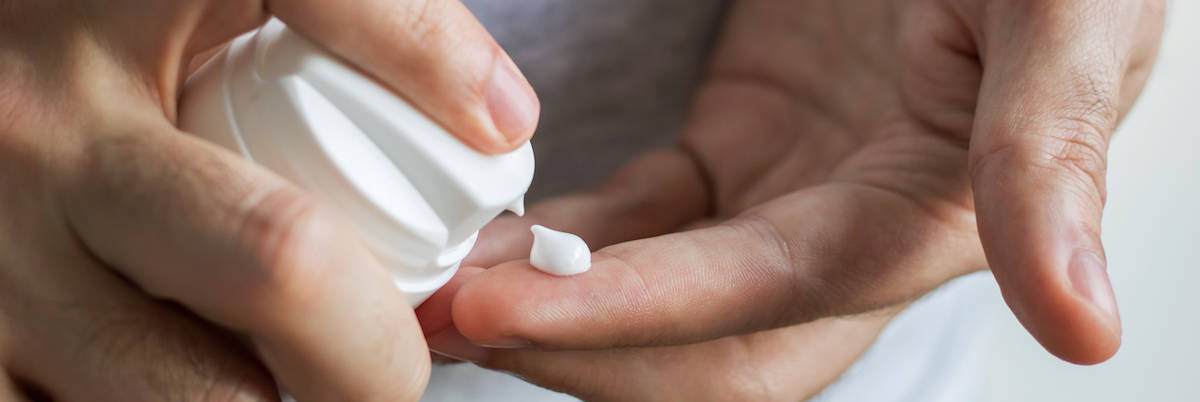
As the temperatures drop, your skin is at a larger risk for developing certain conditions. We tend to take longer, hotter showers in the winter, and the air is drier both inside and outside. These conditions strip the skin of its natural oils and protective barrier, causing moisture to escape and leading to dry skin. Winter rashes develop when the skin loses too much moisture, leading to extremely irritated skin.
Here are some ways to identify, treat, and prevent rashes in the colder months.
Symptoms
The most common symptoms of a rash are redness, itching, rough or scaly patches, bumps or blisters, flaking, and inflammation. Rashes are most commonly found on the hands and arms, but can spread throughout the entire body in more extreme cases.
People with pre-existing skin conditions are also at a greater risk for developing rashes during the winter. Eczema, dermatitis, rosacea, and allergies all make the skin more prone to developing a rash, and these conditions can flare up in the winter months.
Treatment
The most effective treatment for winter rashes is remoisturizing the skin. Lotions, oils, and creams can all soothe irritation and rehydrate skin. Try a heavy moisturizer rather than a lighter, oil-based lotion or consider using petroleum jelly, which is a great option for locking moisture into the skin.
Because rashes make the skin more sensitive, using a gentle soap and fragrance-free moisturizer is an important part of healing irritated skin. Taking baths with colloidal oatmeal can also soothe rashes. Colloidal oatmeal binds to the skin, creating a protective barrier, which helps hold in moisture and ease inflammation.
Prevention
The biggest key to preventing winter rashes is keeping the skin moisturized. There are a number of ways to do this:
- Use a humidifier in your bedroom or entire home to add moisture to the air.
- Take shorter, cooler showers. Hot water can strip the skin of its natural oils and lead to dry skin, while lukewarm water is more gentle on the skin.
- Protect your skin by wearing clothes with breathable fibers like cotton, and make sure your skin is covered with long sleeves, pants, and gloves every time you go outside.
- Develop a skincare routine. Moisturizing consistently, especially immediately after you shower, can alleviate many dry skin concerns.
- Drink more water. Staying hydrated helps the skin retain more moisture.
Disclaimer: This blog provides general information and discussion about medical, cosmetic, mohs, and surgical dermatology. The words and other content provided in this blog, and in any linked materials, are not intended and should not be construed as medical advice. If the reader or any other person has a medical concern, he or she should consult with an appropriately-licensed dermatologist or other health care worker.
